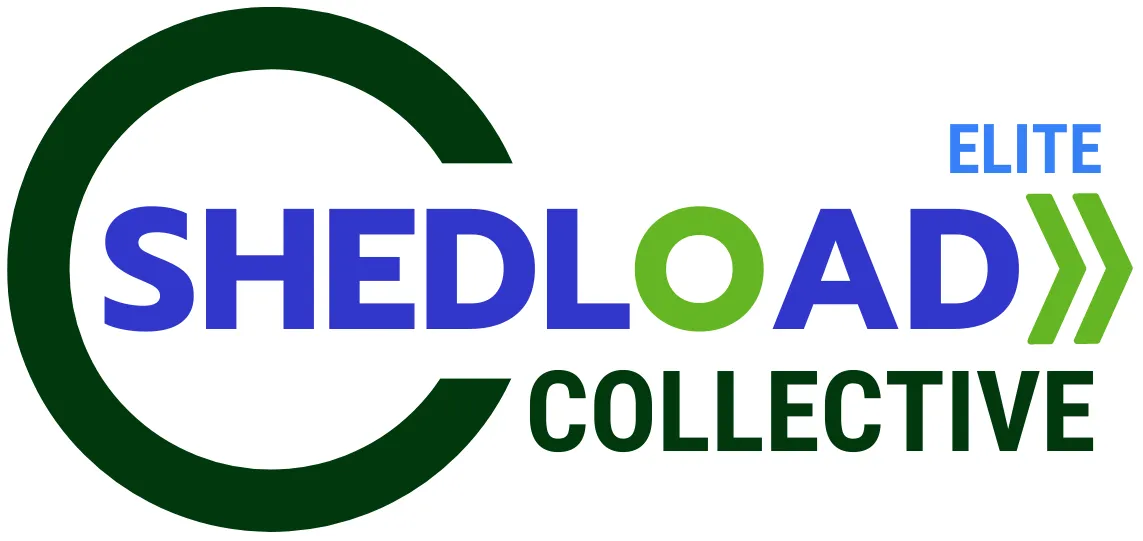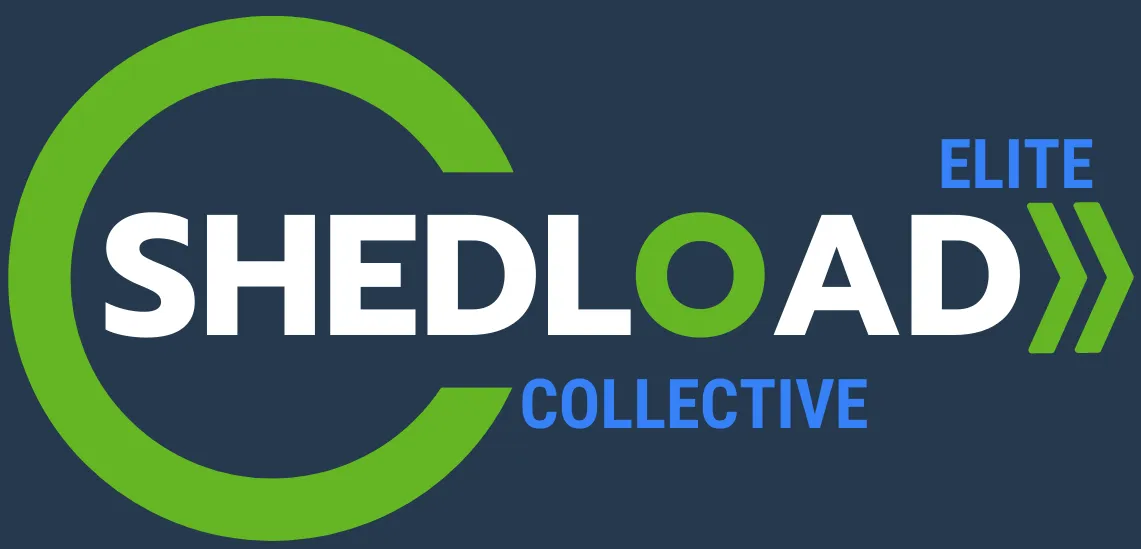
Using The Principles Of Profit Acceleration And Our Profit Acceleration Software (PAS) To Benefit A Small Business By Creating Downselling Opportunities
Diving into downselling strategically is a sophisticated move for Profit Acceleration because it's not about giving things away; it's about intelligently retaining customers and acquiring new ones who might otherwise be lost, all while preserving profitability. This is where the nuanced understanding of Marginal Utility Theory truly shines, as it helps us craft offers that match a customer's specific needs and willingness to pay at a lower price point.
Strategically Creating Downselling Opportunities (Without Losing Profit)
Downselling is the practice of offering a less expensive or scaled-down version of your product or service when a customer or prospect is unwilling or unable to purchase your primary (or upsold) offering. The goal is to retain a customer, convert a hesitant prospect, or simply capture some revenue that would otherwise be lost, always with an eye on the long-term customer lifetime value. The Profit Acceleration Software™ empowers us to identify these opportunities and model their impact on your overall profitability.
Here's what you should be looking for and how to strategically create downselling opportunities without losing profit, exploring at least five key areas:
1. Retaining At-Risk Customers (Churn Prevention)
This is perhaps the most common and powerful application of downselling. When a customer signals they might leave due to cost or underutilization, a well-crafted downsell can save the relationship and preserve future revenue.
What to Look For: Customers expressing budget constraints, those who have stopped engaging with high-tier features, or those explicitly stating intent to cancel. High customer churn rates are a clear indicator.
How Profit Acceleration Software™ Helps:
Churn Risk Prediction: The software can identify customers who are most likely to churn based on usage patterns, engagement levels, or billing history, flagging them for proactive downsell offers.
LTV Preservation: It quantifies the long-term value of retaining a customer at a lower tier versus losing them entirely (which is zero LTV). The marginal utility of retaining some value from a customer is infinitely higher than losing all of it.
Profitability of Downsell Tiers: It models the profitability of a lower-tier plan, ensuring that retaining the customer at that level is still financially beneficial for your business.
Concrete Example (Enterprise SaaS - Project Management Platform):
A large SaaS company offering a $500/month enterprise project management platform had clients frequently churning due to downsizing or budget cuts.
Action: When a client signaled cancellation due to budget issues, they were offered a "Maintenance Mode" or "Basic Team" plan at $150/month (a 70% reduction) with limited features and users. This emphasized retaining core data and basic functionality (high marginal utility for data preservation and basic team oversight).
Potential Outcome: This strategy retained 35% of clients who would have otherwise fully canceled, preventing $10,500 in monthly lost revenue for every 10 clients offered this downsell. Overall churn rate was reduced by 2 percentage points, leading to a 15% increase in annual customer retention, preserving significant long-term customer lifetime value.
2. Converting Price-Sensitive Prospects (Initial Acquisition)
Downselling can act as a crucial entry point for prospects who are interested but hesitant to commit to your full-priced primary offering.
What to Look For: High bounce rates on pricing pages, many leads dropping out of the sales funnel at the pricing stage, or competitors offering much lower-cost entry points.
How Profit Acceleration Software™ Helps:
Conversion Rate Impact Modeling: The software can project the increase in new customer acquisition by offering a lower-priced entry point, weighing it against potential cannibalization of higher-tier sales.
LTV of "Starter" Clients: It helps assess the projected Customer Lifetime Value (LTV) of customers who start at a lower tier, including their likelihood to upgrade later. The initial lower-cost product provides sufficient marginal utility to get them "in the door."
Concrete Example (Online Coaching Program for Entrepreneurs):
An online coaching program (main offer $1,500 for 8 weeks) found many prospects dropped off after initial interest due to the price.
Action: They created a "Quick Start Blueprint" downsell – a self-study foundational module priced at $199. This offered significant initial marginal utility by solving a core problem at a low price.
Potential Outcome: This downsell converted 18% of previously lost prospects, generating an additional $3,500 in monthly revenue from this new segment. Critically, 15% of these "Quick Start" buyers upgraded to the full $1,500 program within 6 months, increasing the overall conversion rate from initial lead to full program by 3 percentage points.
3. Monetizing Lower-Tier Users or Non-Buyers (Future Upsell Potential)
This strategy captures revenue from individuals who are consuming your free content, trials, or basic offerings but haven't yet become paying customers for your main products.
What to Look For: Large free user base with low conversion to paid, many website visitors who don't purchase, or valuable content/features being given away for free.
How Profit Acceleration Software™ Helps:
Conversion Path Analysis: The software can track the conversion rates from free to various paid tiers, identifying the most effective downsell offers to monetize non-buyers.
Segmenting Non-Buyers: It helps identify which segments of your free user base are most likely to convert to a low-cost paid option based on their engagement.
Projecting LTV from Low-Tier Entry: It models the long-term profitability of converting free users to a small paid subscription, considering their likelihood to upgrade later (increased marginal utility as their needs grow).
Concrete Example (Premium Content/News Website):
A news website with a large free readership struggled to convert them to their full $20/month premium subscription.
Action: They introduced a "Basic Access" downsell at $5/month, offering ad-free Browse and access to 5 premium articles per month (limited marginal utility but more than free).
Potential Outcome: This downsell converted 7% of their previously non-subscribing active readers, generating $15,000 in new monthly recurring revenue. Furthermore, 12% of these "Basic Access" subscribers upgraded to the full Premium subscription within a year, demonstrating a valuable pathway to higher-tier revenue.
4. Reducing "Feature Bloat" and Streamlining Offerings
Sometimes, higher-priced products come with features that a segment of your customers don't need or even find overwhelming. A downsell here simplifies the offering.
What to Look For: High customer support requests for complex features, low usage rates for certain features in your analytics, or feedback that your product is "too complex" or "has too much."
How Profit Acceleration Software™ Helps:
Feature Usage Analysis: The software can track which features are actually used by different customer segments, allowing you to identify "bloat" that can be removed for a simpler, lower-cost offering.
Cost Savings from Simplification: It quantifies the potential cost savings (development, maintenance, support) from simplifying lower-tier products. This ensures that the price reduction doesn't erode profitability.
Enhanced Value Proposition for Simplicity: For some customers, a simpler product has higher marginal utility. The software helps identify this segment.
Concrete Example (Business Accounting Software):
An accounting software company's "Standard" plan had many advanced features that smaller businesses (a significant segment) rarely used, yet they paid for them.
Action: They created a new "Essentials" plan, 20% cheaper than the "Standard" plan, by removing complex payroll and advanced reporting features that had low marginal utility for micro-businesses.
Potential Outcome: This "Essentials" plan attracted 10% more small business sign-ups who were previously deterred by the cost/complexity of the Standard plan, generating an additional $4,000 in monthly revenue. It also reduced customer support inquiries related to complex features for this segment by 15%, improving support efficiency and overall customer satisfaction.
5. Managing Customer Downturns or Seasonal Lulls
For businesses with subscription models or recurring services, temporary financial hardship or seasonal dips can lead to customer cancellations. Strategic downselling can preserve the customer relationship.
What to Look For: Customers requesting to pause or cancel services due to temporary financial hardship, businesses with strong seasonal variations in customer engagement, or clients needing short-term flexibility.
How Profit Acceleration Software™ Helps:
Revenue Preservation Modeling: The software can project the revenue retained by offering temporary or reduced plans during downturns versus losing the client entirely.
Churn Risk Mitigation: It helps assess which customers are likely to return to full service if offered a flexible, lower-cost option during a temporary period, ensuring the marginal utility of staying connected is perceived as high.
Re-engagement Path Planning: It can help track the re-engagement rates of clients who took a downsell offer, ensuring a smooth transition back to higher-value services when their situation improves.
Concrete Example (B2B SEO Agency):
An SEO agency found that some small business clients would cancel services entirely during seasonal slow periods or temporary budget cuts.
Action: They introduced a "Maintenance Mode" downsell plan, priced at 50% of the usual monthly fee, offering reduced services (e.g., only keyword monitoring and basic reporting) to retain the client relationship during tough times.
Potential Outcome: This strategy retained 45% of clients who would have otherwise fully canceled during downturns, preventing $15,000 in monthly lost revenue for a typical agency experiencing $30,000 in potential churn. Importantly, 85% of these clients re-engaged at their full service level within 6 months once their financial situation improved, demonstrating the long-term value of maintaining the relationship through a downsell.
By leveraging the Profit Acceleration Software™ to intelligently identify and structure these downselling opportunities, The Elite Shedload Collective helps your business minimize churn, convert more hesitant prospects, and ultimately accelerate your profitability by capturing value that might otherwise be lost.
Need help putting this into action? Find us anytime. We’re happy to help.
Do you want to try a Simulator Version of our Profit Acceleration Software? Take it for a free Test Spin and see where you’re losing money.
Or, simply access our Free Training with no forms to fill out!
Are you interested in learning more about our different coaching offerings? Feel free to contact us anytime and check out our wide range of services to support whatever short or long term needs you’re currently facing. By leveraging the Profit Acceleration Software™ (PAS), The Elite Shedload Collective offers a unique advantage. We don't just provide qualitative Coaching and support; we bring data-driven precision with quantitative financial proof to every aspect of your business, ensuring that your efforts to solve these problems translate directly into measurable financial gains and sustained growth.



